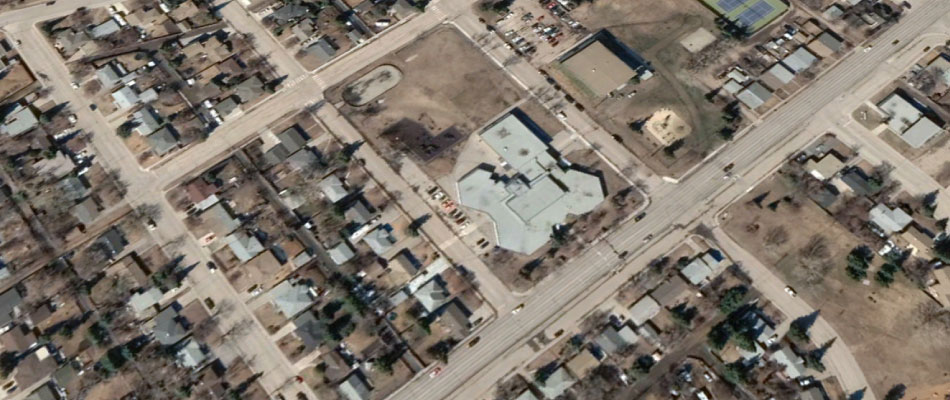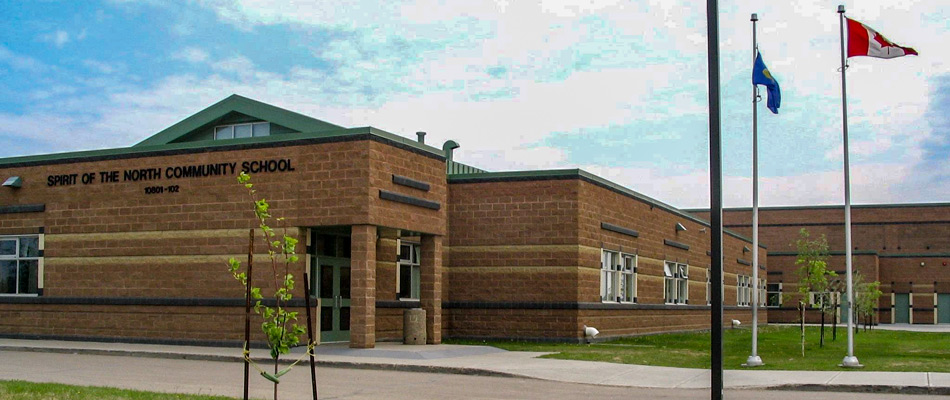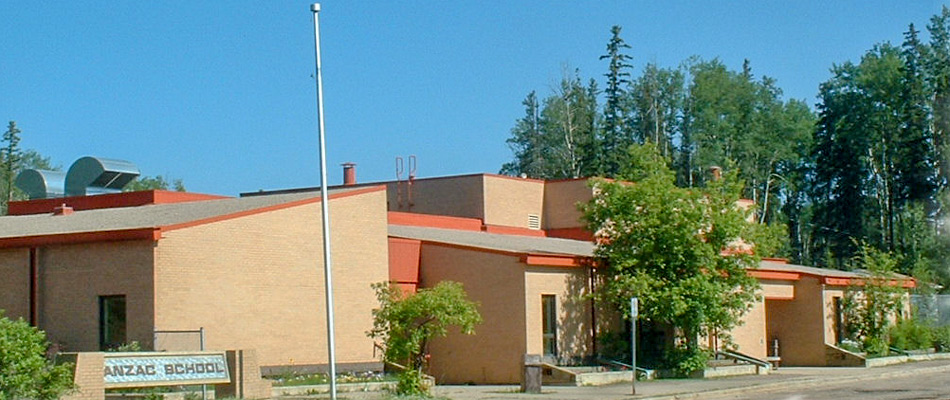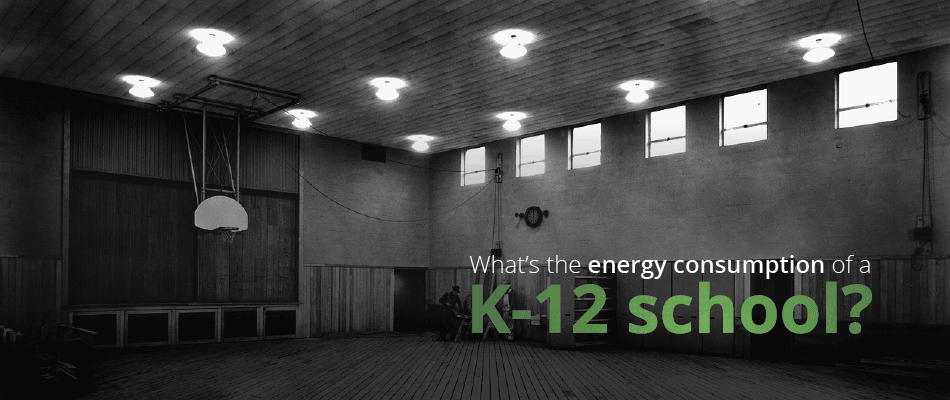Most BAS schedules are not programmed for skeleton occupancy – they tend to be set for schools full of students or completely empty. A BAS strategy for low occupancy can result in significant cost savings.


Most BAS schedules are not programmed for skeleton occupancy – they tend to be set for schools full of students or completely empty. A BAS strategy for low occupancy can result in significant cost savings.

By integrating sensors and controls to continuously monitor and regulate the firing and flow rates, a custom heating plant in an Alberta school is saving energy and reducing utility costs.

The first steps to recommissioning facilities to find opportunities to save money and energy in your own schools – with advice from Marco Bieri, Energy Efficiency Engineer.

A middle school in northwestern Alberta is expected to save $40,000 a year after a scheduling error was identified and resolved. With only adjustments to the building automation system, the costs to find and fix the problem were paid off in a few months from electricity and fuel savings.

Energy efficiency has the potential to save Northland School Division $700,000 on their $1.2 million annual utility bill

What’s the energy consumption of a K-12 school in Canada? Compare your school’s energy consumption with the average.

Small improvements add up. Ongoing refinements of a facility from a continuous optimization program lead to tangible reductions in utility costs and energy consumption, all while ensuring occupants are comfortable. Here is how much continuous optimization can save.

When schools are operational, comfortable and clean, teachers and students can focus on teaching and learning. Facilities staff have a direct influence on the performance, absenteeism and achievements of students in the buildings they care for and manage.

Canadian K-12 schools are typically occupied in the cooler months, but the start and finish of school years can bring warm and humid weather. As the heat of summer extends into the first few months of the school year, optimize your facilities to create a cool environment without a large spike in energy consumption.

With just minor changes to building controls, Rede Energy Solutions reduced electricity consumption by 19% and gas consumption by 13% in a school in British Columbia in 2014. All by looking at the numbers.
Save energy. Save money.
Get the latest news on energy management in rural schools in Canada.
[gravityform id=”4″ title=”false” description=”false” ajax=”true”]